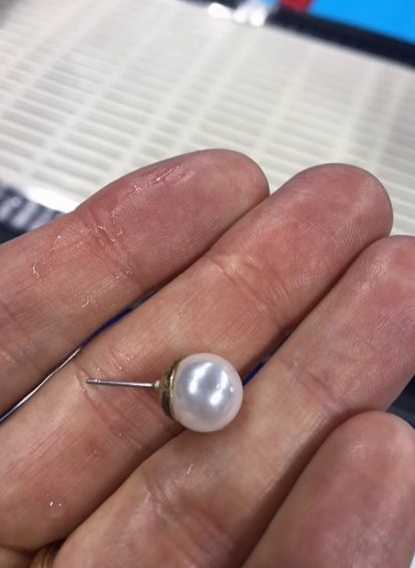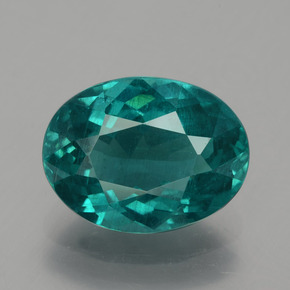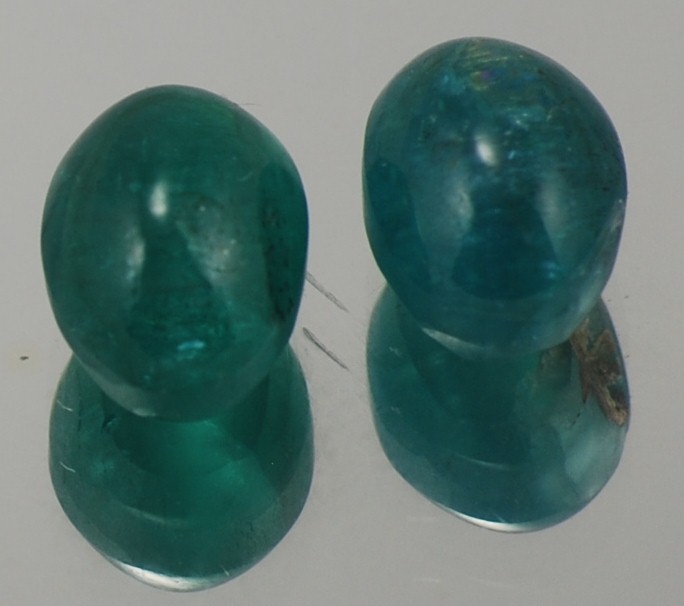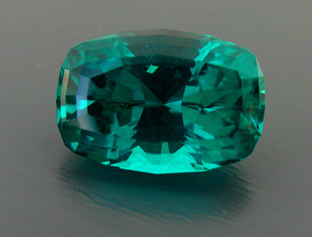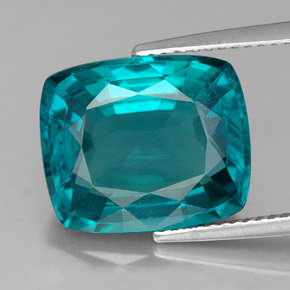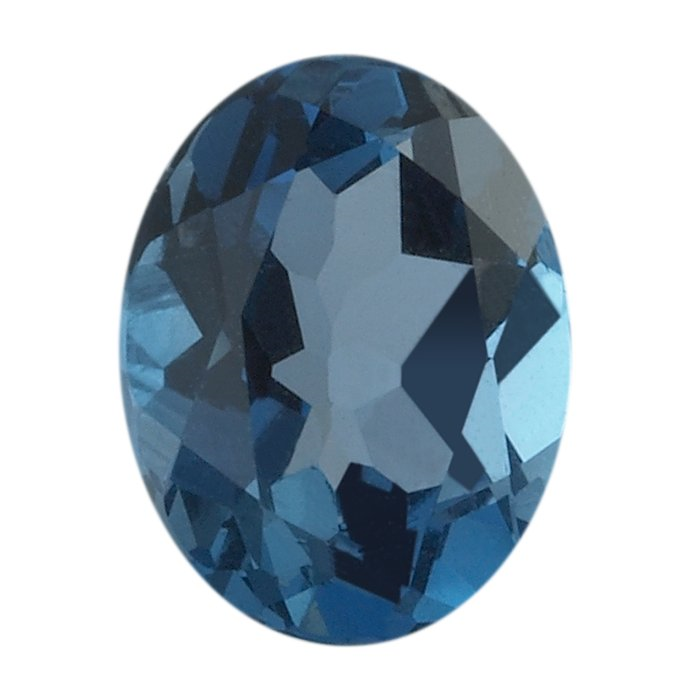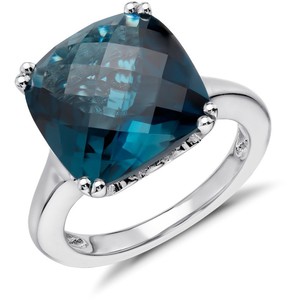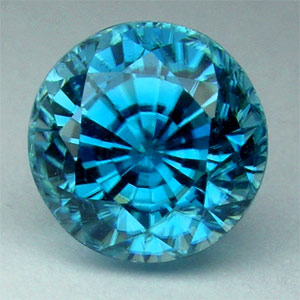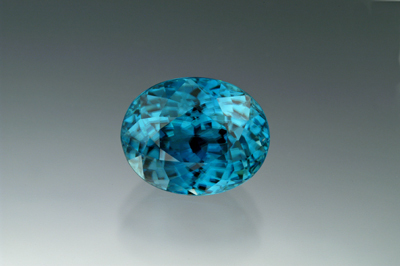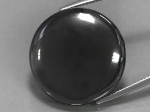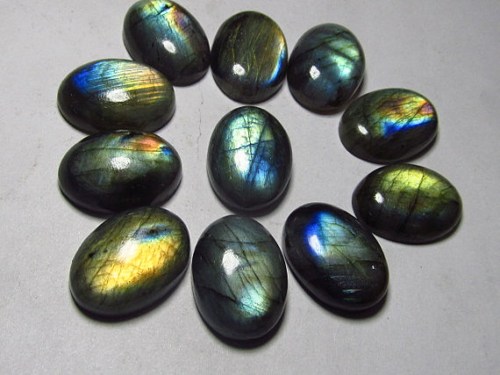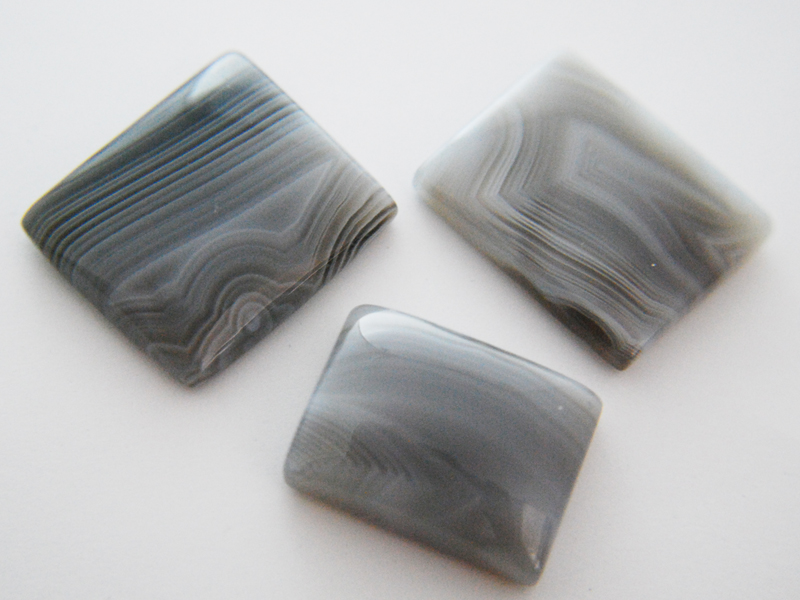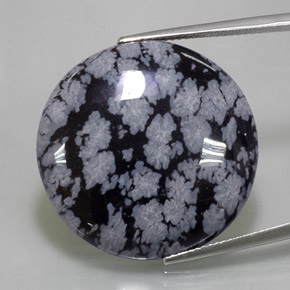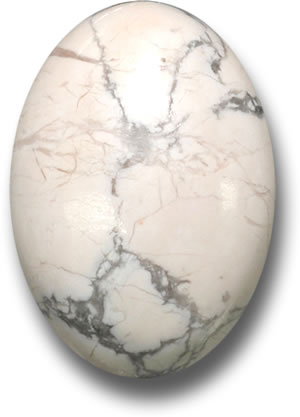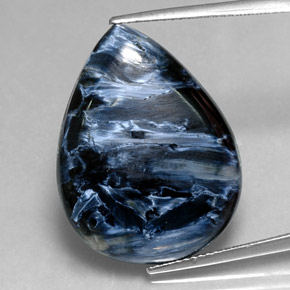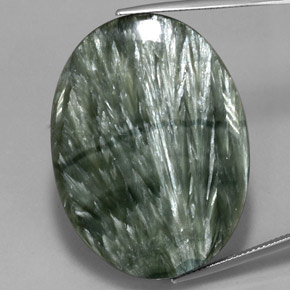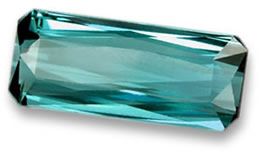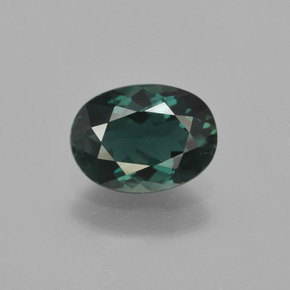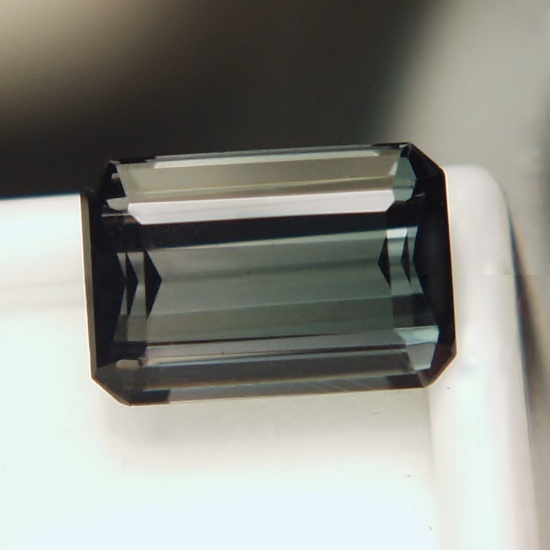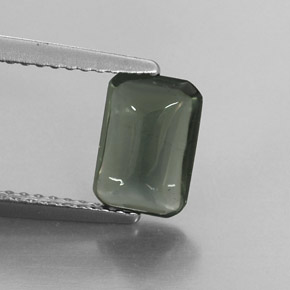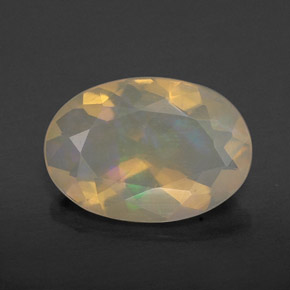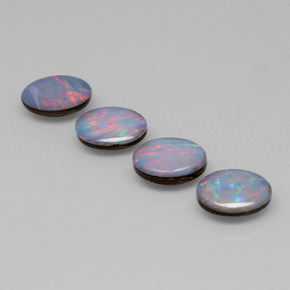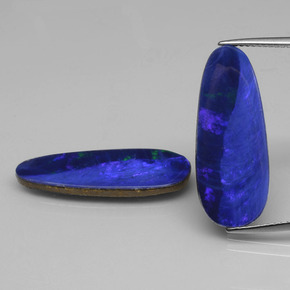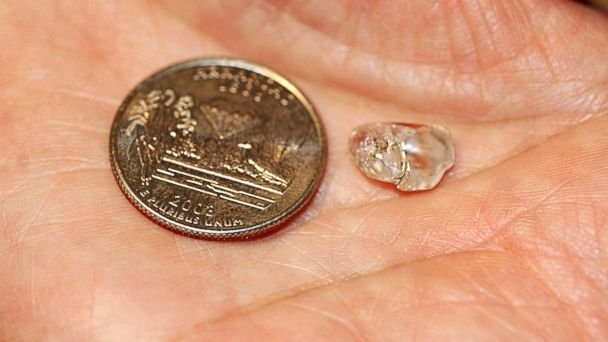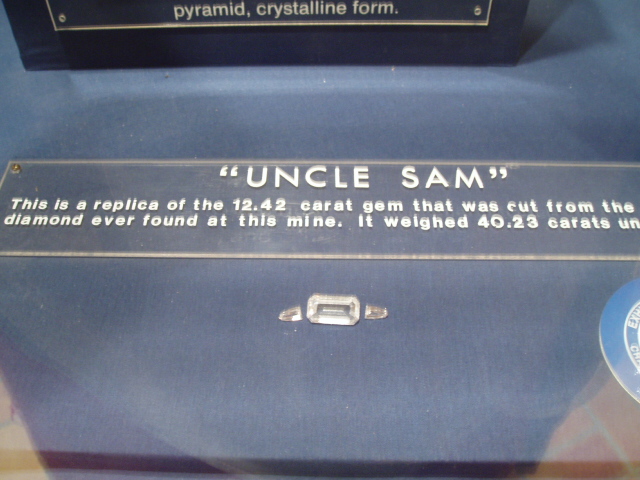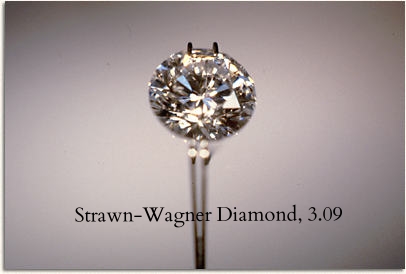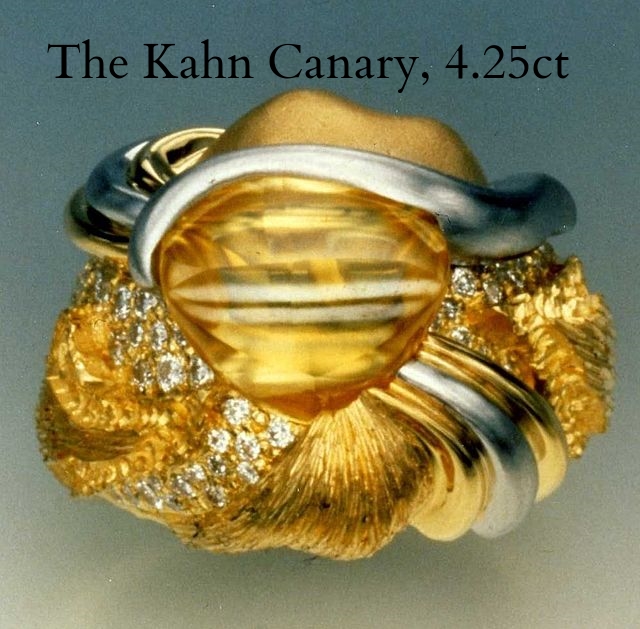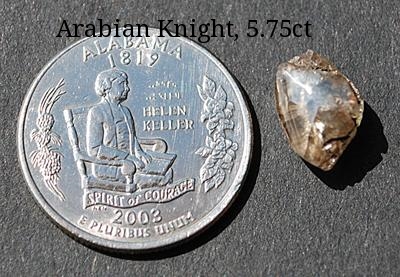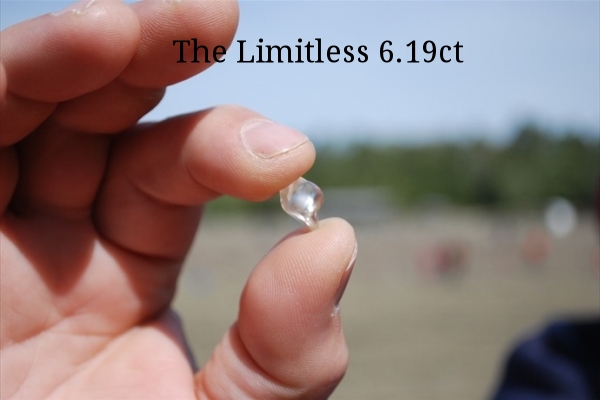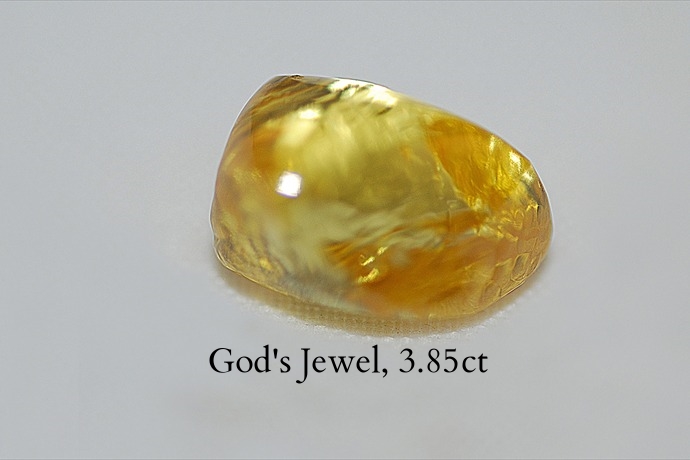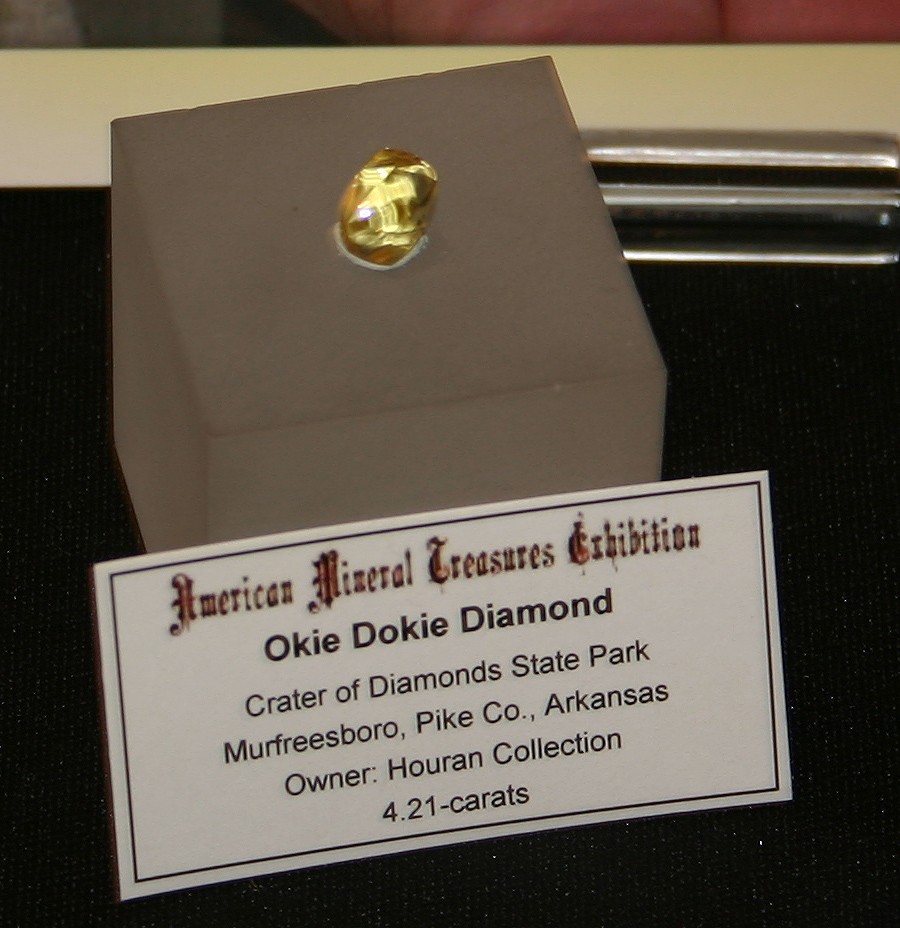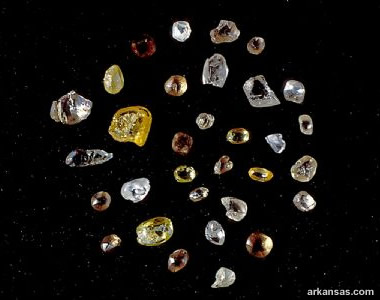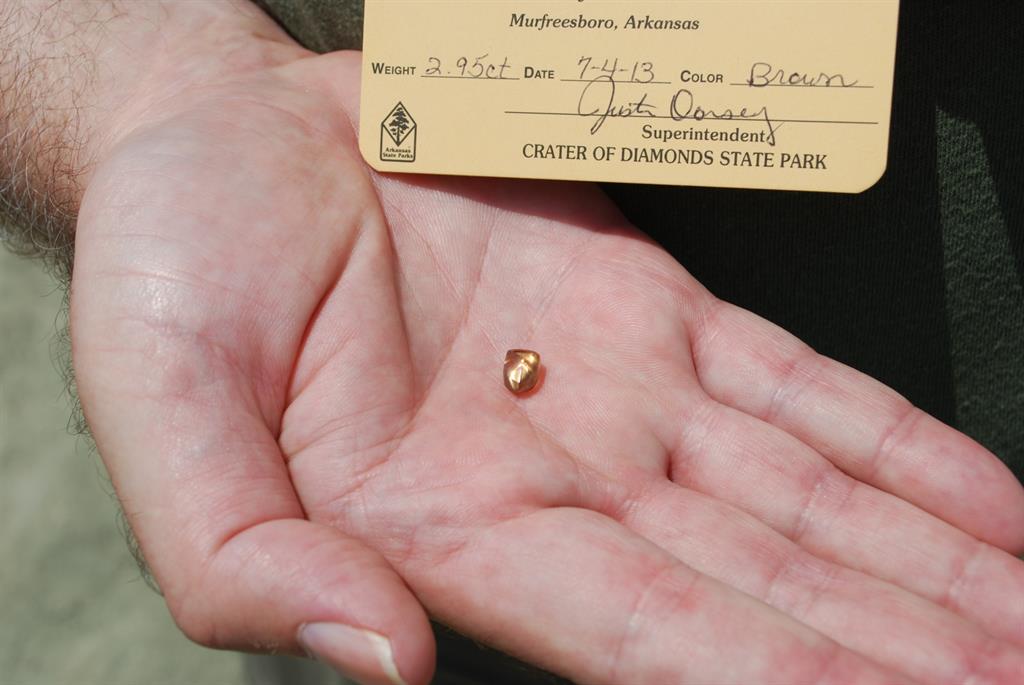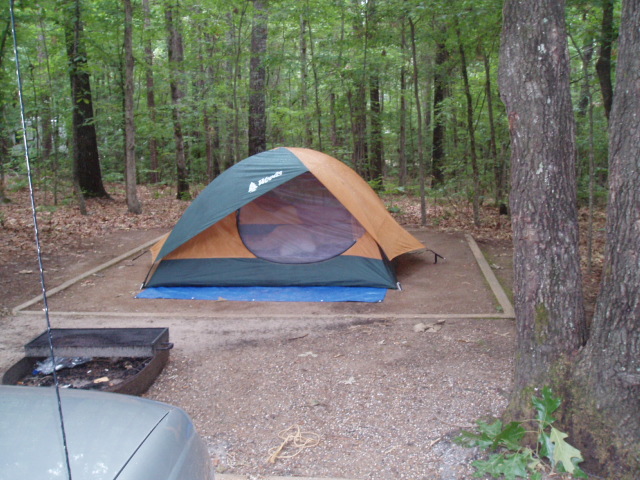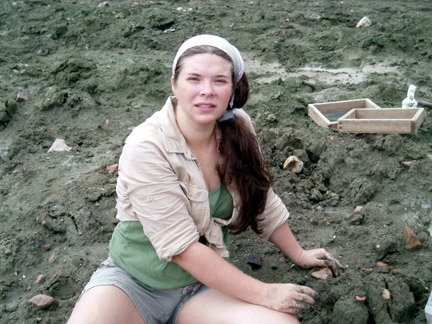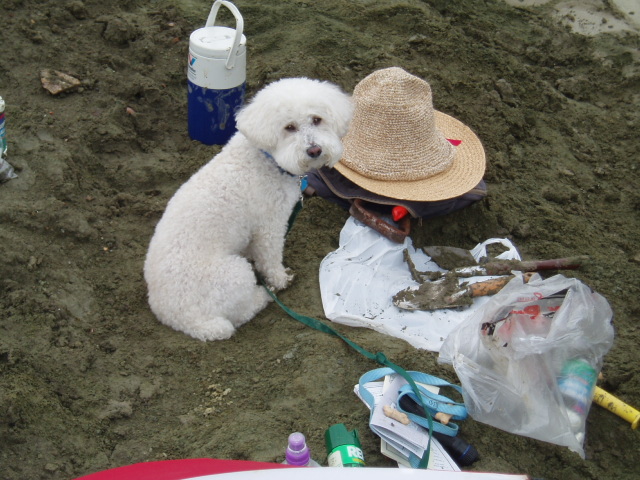Jewels Shine at the Royal Opera House in London
/A scene from Emeralds. (Photo Credit: Tristram Kenton for the Guardian)
Steven McRae and Melissa Hamilton in Rubies. (Photo Credit: Tristram Kenton for the Guardian)
This year marks the 50th anniversary of George Balanchine’s ballet, Jewels. Created in 1967, the ballet does not have any characters or plot, yet it’s one of the most enduring and popular pieces in many ballet company repertoires.
Jewels uses three gem stones as starting points to explore an array of musical and dance styles, each intimately connected to Balanchine’s own life and career.
"George Balanchine’s glittering ballet Jewels was inspired by the beauty of the gem stones he saw in the New York store of jewellers Van Cleef & Arpels. He went on to make history with this, the first abstract three-act ballet, first performed in 1967 by New York City Ballet. Jewels was performed in full by The Royal Ballet for the first time in 2007, using costume designs from the original NYCB production and new set designs by Jean-Marc Puissant.
Marianela Nuñez and Thiago Soares in ‘Diamonds’ (Photo Credit Bill Cooper)
Each of the three movements draws on a different stone for its inspiration and a different composer for its sound. The French Romantic music of Fauré provides the impetus for the lyricism of ‘Emeralds’. The fire of ‘Rubies’ comes from Stravinsky and the jazz-age energy of New York. Grandeur and elegance complete the ballet in ‘Diamonds’, with the splendour of Imperial Russia and Tchaikovsky’s opulent Third Symphony. Each section salutes a different era in classical ballet’s history as well as a distinct period in Balanchine’s own life. Through it all, Balanchine displays his genius for combining music with visionary choreography."
Jewels runs 6–21 April 2017 with a live cinema showing on the 11th. For ticket information please visit the Royal Opera House website.
To search for a cinema showing Jewels near you please visit the Royal Opera House website.



